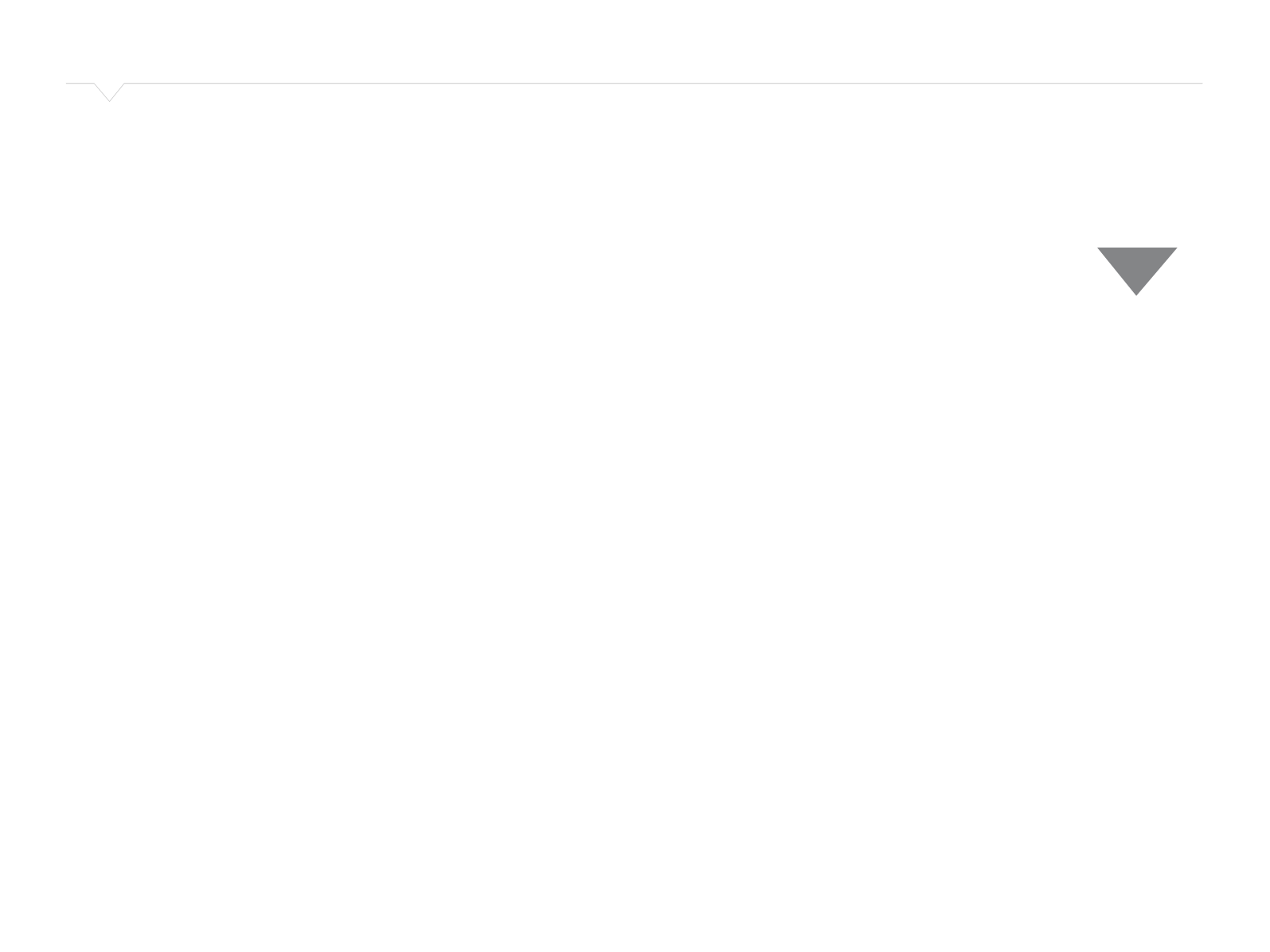

10
Profile
“I wouldn’t say I’m a master chef, but I do enjoy cooking,”
Reyes confesses. The salmon recipe just cited was served for
dinner the day before this interview. It’s a family favourite, also
with the six- and nine-year-olds.
RE-ENTERING FOAMS
“What is it with foams?”
“They weigh next to nothing and they absorb energy. The
combination of the two characteristics makes them attractive
to the automotive industry. They keep coming back for more
research.”
Which explains why Reyes is back to foams as part of a many-
faceted professional journey.
Her master’s thesis was on earthquakes, with a plan to become
a bridge engineer. That never happened. Her fascination for
research had been ignited. Like several of her peers, she had
a chat with CASA director Magnus Langseth on the way. She
knew he was looking for new PhD candidates. She applied for a
faculty scholarship in 1998 and was awarded one.
MATERIAL TORTURE
So she met foams, first in aluminium, and took her PhD on
the topic. Titles like “Constitutive modelling of aluminium
foam including fracture and statistical variation of density”
and “Aluminium foam-filled extrusions subjected to oblique
loading: experimental and numerical study” illustrate the work
she performed more than a decade ago.
Even to a non-expert, one message emerges from these
titles: like all other SFI CASA professionals, Aase Reyes has
extensive experience in the disciplines of torturing materials
and structures. And she enjoys it.
“Performing tests is great fun. What I enjoy even more is the
task that follows, analysing the test data and digging further
into the matter,” she confesses.
FORMABILITY
After defending her PhD came a period without foams. One
of the reasons was that SIMLab partner Hydro sold their
foam-producing unit. The formability of aluminium alloys
became a focus area. As supervisor for PhD Candidate Dmitry
Vysochinskiy, she helped investigate the possibilities for
establishing reliable methods and tools to get the relevant
data out of the tests performed.
Although she also reviews articles on impact, fracture and
formability, a large percentage of the articles she receives for
review still deal with foam. Low weight and high capacity for
absorbing energy continues to be an attractive combination.
Even so, its use is limited. For several reasons. One is the
relatively costly production of aluminium foam; another is the
need for more research.
A KNITTER AND A READER
All female professors at SFI CASA run, but Aase Reyes is eager
to point out that she doesn’t take it as far as her colleague
Randi Holmestad, who risks being reported sick if she isn’t
heard running in the corridors of her workplace.
Reyes prefers a beach, if she can. She first discovered the joy
of beach running during a nine month research sabbatical in
Florida. Since then she has tried Madagascar and Cuba. Her
next beach could be in the Philippines, where she has relatives.
She also knits, but only for family members. And she reads.
Amy Tan is a favourite, Isabel Allende another. Although both
authors live in California, their respective roots in China and
Chile are heavily reflected in their works. Aase Reyes likes
that. She is drawn to new places and enjoys visiting them, even
though it may provoke mixed feelings.
“Like Madagascar: definitely exciting, with impressive natural
scenery and fascinating wildlife, but also with a stark contrast
to our living conditions.”
BACK TO FOAM
At present, Professor Reyes is back to foam. Polymer this time.
The project of her latest PhD candidate, Daniel Morton, is to
be able to model it better and thus increase the potential for
innovative use in the automotive industry.
The starting point is to get an overview of the research that
has already been done. From there, the challenge is to find
the most interesting materials for research, putting them to
the test, analysing the results, modelling the characteristics
and validating them.
In addition to supervising PhD candidates, reviewing articles
and all the rest, Reyes takes pleasure in teaching. That is part
of being a dedicated professional, it seems.
NOT FORGETTING THE GARLIC
One more thing. Or two: garlic and lemon. Both should be added
to the mustard and honey paste on the salmon. Bon appétit!
ALUMINIUM
Salmon Mustard Foam
Confused? Good. In real life, mustard and honey go on top
of the salmon loin when SFI CASA Professor Aase Reyes prepares dinner.
The aluminium foam stays at work.


















